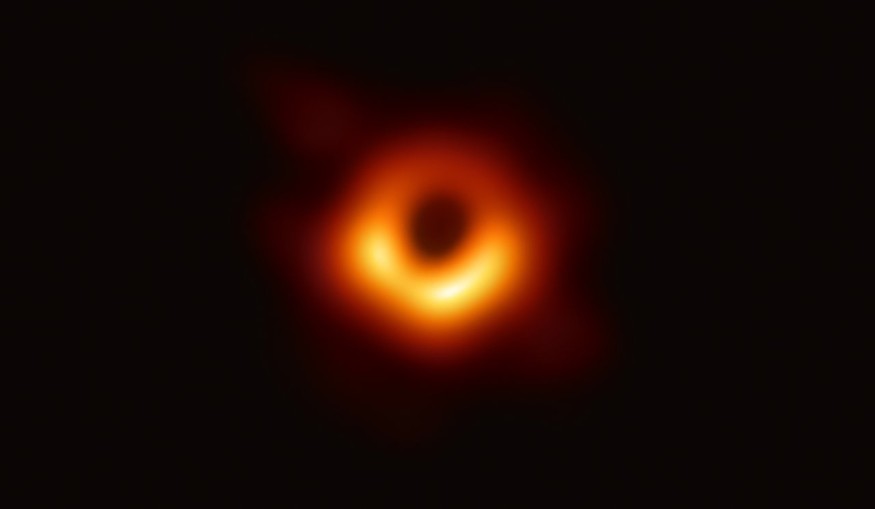Three years ago, the world was astonished by the first-ever sight of a black hole. As a consequence, astronomers are ecstatic to share fresh findings of our Milky Way galaxy's center.
On May 12 at 9 a.m. EDT, further details regarding the "groundbreaking" findings on our galaxy will be given. Even though the announcement is two weeks away, the finding is most likely related to the supermassive black hole at the heart of the Milky Way.
This giant, known as Sagittarius A*, has been a significant target for the Event Horizon Telescope (EHT) since 2017.

Milky Way's First Black Hole Found in 2019
Inverse reported that a supermassive black hole weighing 6.5 million solar masses came into focus when the Event Horizon Telescope (EHT) team revealed its first-ever black hole photograph on April 10, 2019.
We observe a bright ring and a sharp shadow representing an edge of no return in the image, which was meticulously built by 200 researchers from eight telescopes over four nights of study to acquire six petabytes (1 million gigabytes). The black hole creates a dark region in space beyond this barrier, known as the event horizon, where not even light can escape its clutches.
Three years ago today, the first direct visual evidence of a supermassive black hole was unveiled. It was captured by the Event Horizon Telescope — a planet-scale array of ground-based radio telescopes that included our @ALMAObs and APEX telescopes.
— ESO (@ESO) April 10, 2022
🔗 https://t.co/HKGF6eG4ru pic.twitter.com/OV93IfAEZ8
ALSO READ : Scientists Express Concern That Sending Another Message To Space Will Attract 'Hostile' Life
Using a method known as very-long-baseline interferometry (VLBI), the astronomers were able to get a reasonably good glimpse at the black hole, according to Republic World. It's a technology that synchronizes telescopes worldwide and use the planet's rotation to create one massive Earth-size telescope. Surprisingly, this technology-enabled for a resolution good enough to read a New York newspaper from a cafe in Paris.
The researchers claimed that they determined the mass of the supermassive black hole by observing the bright region surrounding it. When a black hole is engulfed in a brilliant region, such as a disc of blazing gas, it generates a dark zone akin to a shadow.

Scientists To Find Further Findings
According to Space.com, partners on the Event Horizon Telescope project will stage a series of press briefings to announce the finding, followed by a 90-minute YouTube live event for public queries.
The EHT team has completed their 2022 campaign, which included seven days of distant observations of black holes, galaxies, and quasars (or superbright objects with black holes in the middle.)
It's unclear if this finding is based on observations collected this year, in 2021, or past work by the network, which was forced to take a two-year pause in 2019 and 2020 owing to operational issues and the pandemic.
RELATED ARTICLE : 5 Coolest, Weirdest Things in Space That You Should Know
Check out more news and information on Space in Science Times.












